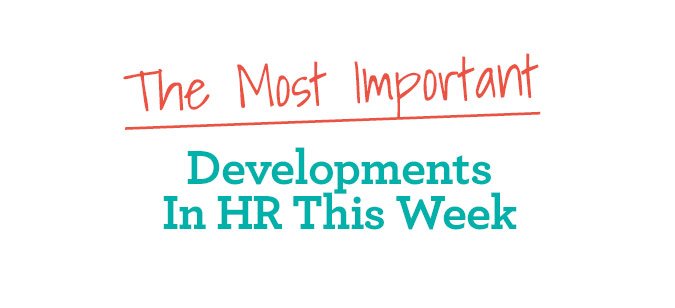
The story grabbing all the headlines this week was the release of Omarosa’s tell-all book about her time in the Trump White House. Whether you believe her account or not, one thing stands out. The fact that she recorded conversations with top officials, including the president, should be a wake-up call to businesspeople everywhere. Your employees all have smartphones capable of recording conversations on the sly. Not that they’re going to alert the media about your Q3 strategic goals, but they could very well take them to your competitors. Worse, an employee could post a video of a boss’s apoplectic rant online and it could go viral. That kind of publicity kills consumer loyalty. Some states have laws prohibiting the recording of conversations if both parties do not consent, but that will do little to deter employees from recording sensitive conversations if they feel the need. Inc


When workplace harassment moves from bad to criminal behavior, and HR knows about it but does nothing, is HR complicit in those crimes? That’s what we’re wondering in the wake of this federal lawsuit against United Airlines, one of seven filed by the EEOC this week in response to unanswered complaints of harassment in the workplace. (Ouch. HR has had better weeks.) In the United case: A pilot posted nude photos of a flight attendant online after their affair went south. He continued with the revenge porn for a decade, urging passengers to look her up when they flew, disclosing her home airport, showing the photos to other employees and more. She repeatedly complained to HR, armed with proof that he was the one doing it, often on company time. United’s response? “Meh.” The FBI got involved, the pilot pleaded guilty to stalking and was sentenced to 41 months in federal prison, where he currently resides. United HR knew about it and allowed it to happen for a decade. Where is their accountability in this crime? Also, not to open this can of worms, but the mental health of pilots is, oh, mildly important. HR knew he was revenge porn-ing obsessively for a decade and thought that was the kind of stable, reasonable person who should be piloting an aircraft? After a year of PR disasters, United needs to do some soul searching about its culture, or its brand is going to be grounded. The New York Times


ROI is always on the top of the list for HR, and this recent We’re Only Human podcast shines an interesting light on it. Host Ben Eubanks talks with Kevin M. Yates, an L&D guru heading up the learning team at McDonald’s, which many believe is the gold standard. For Yates, proving ROI is all about data. A self-described data detective, Yates uses data, evidence and facts to support what HR and learning leaders are doing, and he says technology is going to radically change how L&D teams work. The discussion segues into the new roles and opportunities in HR stemming from more and more companies looking for people with statistics or data analytics experience. HR Happy Hour


New research from Harvard Business Review has unintentionally proven how vital HR is to the health of an organization. It recently did a study into M&As, and found that 70 to 80 percent of them fail to increase shareholder value. EY and Deloitte found the same thing. Why? Companies are focusing on M&A numbers but bungling change management. No matter the purpose of the merger, when the dust settles, the success of the new, blended company depends on people. Mergers mess with people’s security, livelihoods and how they do their jobs. Systems and processes clash. A blended company is a brave new world, and not everybody is going to like it. This is HR’s chance to shine, take center stage and prove its importance to the health of the company by leading the change management process. Let the CFO handle the M&A numbers and let HR handle the people side of it. A strong HR focus on culture before, during and after an M&A is the key to its success. Human Resource Executive


Interesting case study in Training Mag this week, highlighting how one manufacturer is outperforming every other company in its industry with half the number of factory workers. Here’s how: Every manager has the authority to give bonuses on the spot to top performers, anywhere from a few hours’ pay to a week’s pay. And these aren’t occasional bonuses. Each week in the supervisors’ meeting, the owner asks the managers how many workers they gave bonuses to the week before. If they hadn’t given any, why? They couldn’t find one person doing a great job? Not good. Soon there was a culture in which these managers were all about rewarding performance. It had the workers doing back-flips to get the extra cash, and productivity soared into the stratosphere. Not only that, but this employer made sure that his company offers the best-paying jobs available to the local workforce in his locations, all of which are in rural areas with typically low-paying jobs. As the best gig in town, he is never short on applicants even during this labor crunch.Training Magazine










